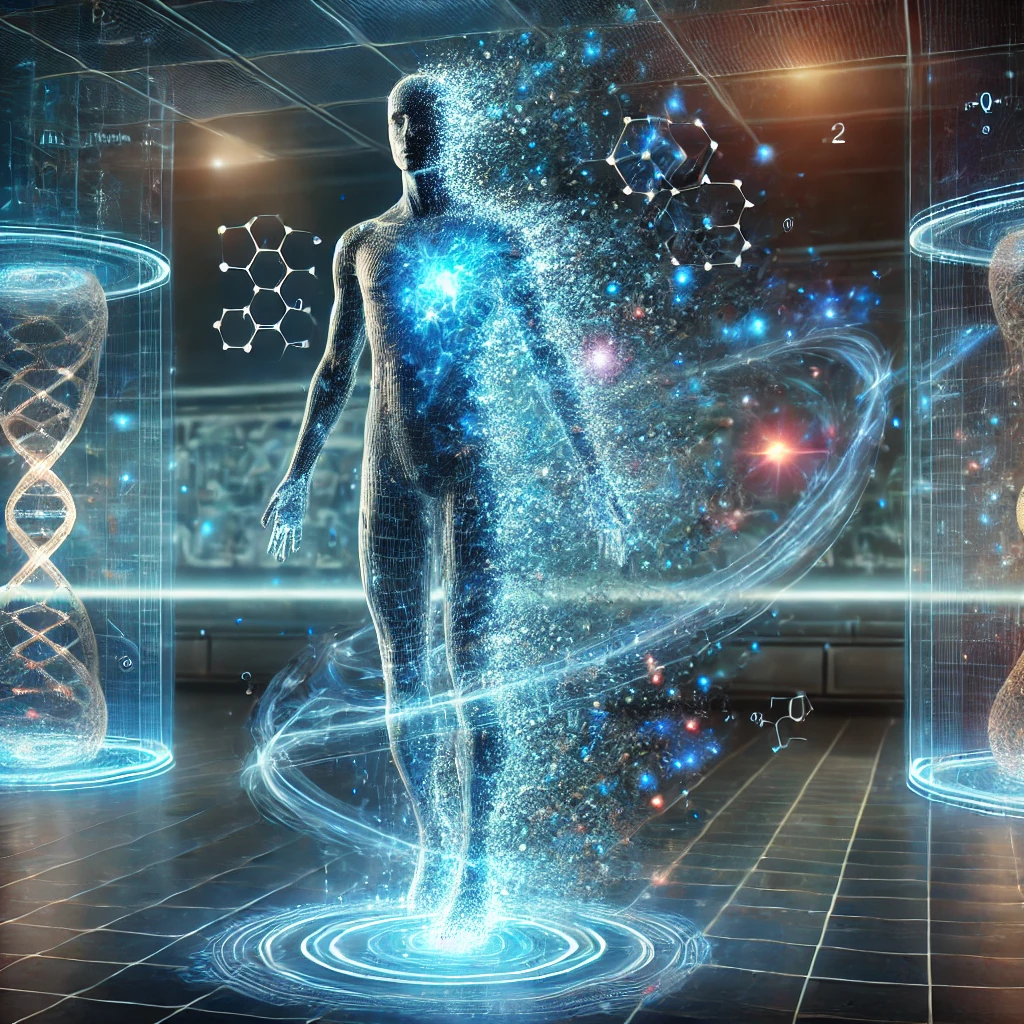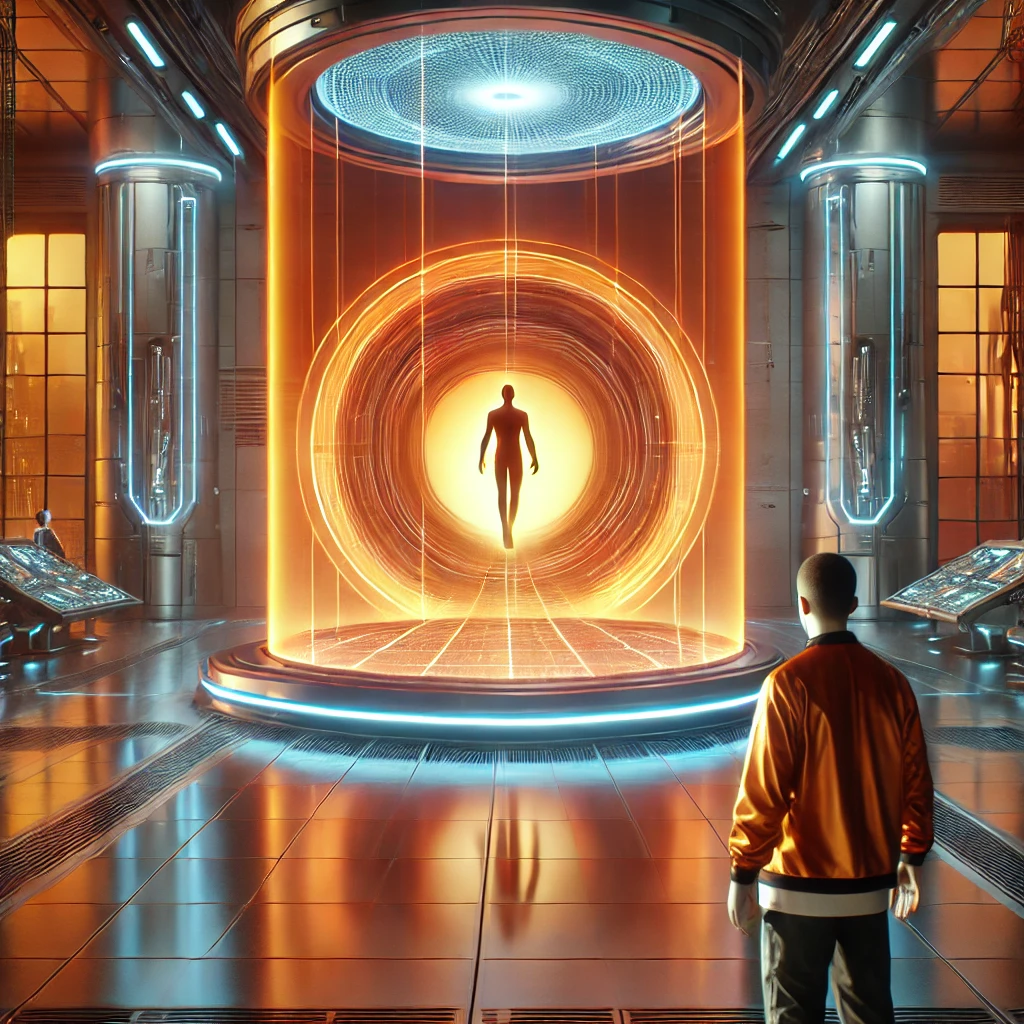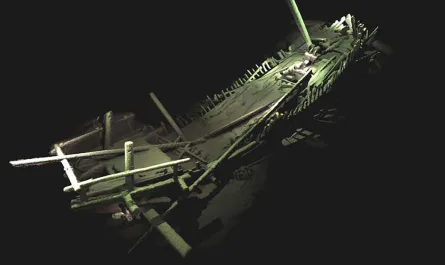“Quantum Leap: Scientists Edge Closer to Real-Life Teleportation!” 🚀🔬
Physicists have made a groundbreaking breakthrough in quantum mechanics, bringing teleportation closer to reality! By harnessing the power of quantum entanglement, researchers have successfully transferred quantum states over unprecedented distances, paving the way for revolutionary advancements in communication, computing, and beyond. Could we be on the brink of a teleportation-powered future?

Stay tuned as science fiction inches closer to science fact! ⚡✨
Since the 1990s, scientists have successfully teleported photons, and more recently, experiments suggest electrons could be next. Quantum entanglement — the bizarre connection between particles across vast distances — forms the basis for this research.
Now, according to National Science Foundation-funded research by University of Rochester and Purdue University scientists, teleportation may also be possible between electrons. This is a massive breakthrough.
And as quantum computing advances, experts speculate that teleporting complex matter, even humans, might one day be possible. However, the process isn’t as simple as stepping into a sci-fi transporter. Teleportation wouldn’t move physical matter but rather the quantum information of every atom in a person’s body, essentially reconstructing them at the destination while destroying the original.
As quantum entanglement has shown us recently, you’re not literally transporting matter itself. Instead, you’re transporting information about that thing that characterizes a quantum state.
This raises a fundamental question: would the person who arrives still be the same individual, or merely a perfect copy?
Ethical and philosophical dilemmas loom large, with physicists like John Clauser warning that stepping into such a machine would equate to death, with only a replicant emerging on the other side. While teleportation’s potential applications — such as instant space travel — are tantalizing, the risks and unknowns remain significant.
For now, the dream of human teleportation remains theoretical, but as quantum technology evolves, society may soon have to decide whether the benefits outweigh the existential risks.
Learn more: https://www.nsf.gov/awardsearch/showAward?AWD_ID=1809343
For decades, scientists have teleported photons using quantum entanglement, the mysterious link between particles across vast distances. Now, groundbreaking research funded by the National Science Foundation suggests that electrons may be next.
This breakthrough could revolutionize quantum computing and, one day, even human teleportation. But teleportation wouldn’t physically move matter—it would transfer the quantum information of every atom in a body, reconstructing it at the destination while destroying the original.
Would the person who arrives still be the same? Or just a perfect copy? Experts warn that the process could be indistinguishable from death. The possibilities—instant space travel, revolutionary communication—are thrilling, but the existential risks loom large.
As quantum technology accelerates, we may soon face a profound choice: Will we step into the teleporter? 🚀
“Quantum Teleportation Breakthrough: A Step Closer to the Impossible”

Teleportation has long been a staple of science fiction, but recent advancements in quantum mechanics suggest it may not be so far-fetched after all. Since the 1990s, scientists have successfully teleported photons, leveraging the strange phenomenon of quantum entanglement—a mysterious connection between particles regardless of distance. Now, researchers at the University of Rochester and Purdue University, backed by the National Science Foundation, have taken a bold step forward: electrons may soon be next.
Unlike the teleportation seen in movies, this process wouldn’t physically transport matter. Instead, it would transfer the quantum state—the complete informational blueprint—of an object, potentially even a human, allowing it to be reconstructed at another location while the original is erased.
But this raises profound philosophical and ethical questions: Would the teleported person still be the same individual, or just an identical copy? Some physicists, like John Clauser, argue that stepping into such a machine would mean certain death, with only a replica emerging on the other side.
While practical human teleportation remains purely theoretical, its implications—instant space travel, ultra-secure communications, and advancements in computing—are staggering. As quantum technology continues to evolve, society may soon be forced to grapple with the consequences of making science fiction a reality.


